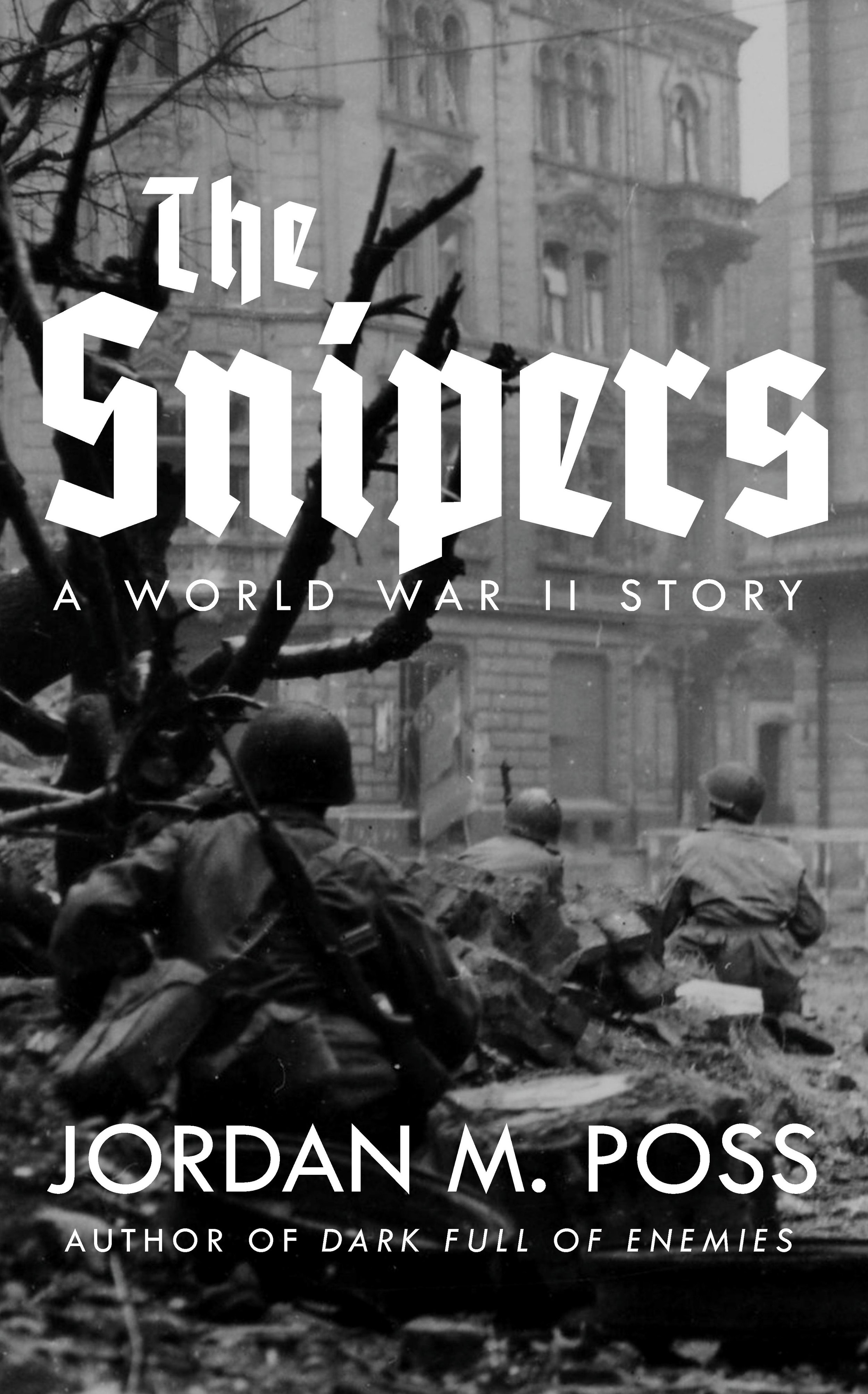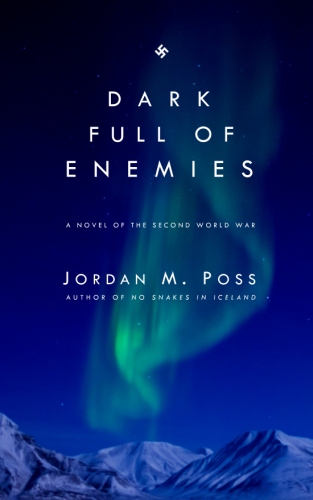Today Medievalists.net shared a good summary of a 2006 article by Donald Ostrowski in which he examines the actual historical evidence for the Battle of Lake Peipus and finds that the one fact everyone “knows” about the battle is almost certainly made up.
The Battle of Lake Peipus was fought in April 1242 between a Crusader coalition led by a suborder of the Teutonic Knights and a Russian force from Novgorod led by Prince Alexander Nevsky. After an initial cavalry assault by the Knights, Alexander drove them back, winning the battle and thwarting the attempt to conquer Novgorod and bring the Orthodox Christians there under the authority of the Latin or Catholic Church.
The “one fact everyone ‘knows’” that I mentioned above concerns the way Alexander was able to win and the fate of the Teutonic Knights. Look the Battle of Lake Peipus up and you’ll certainly find descriptions of the way the Knights, charging across and even fighting on the frozen lake, drowned in large numbers when the overstressed late spring ice broke up beneath them in the latter stages of the battle. Hence the battle’s better-known name: “The Battle on the Ice.”
But it turns out that most of the details related to the frozen lake date from much later than the battle itself, with—in a process that will be familiar to anyone who has had to work with medieval chronicles—more and more detailed and elaborate accounts being recorded later, often much later. And the breaking up of the ice specifically originates not in any historical source but in a movie: Sergei Eisenstein’s 1938 propaganda epic Alexander Nevsky.
Eisenstein was a Russian filmmaker who worked for decades making historical dramas for the Stalinist Soviet state. He was also a film theorist, experimenting with intellectual montage techniques to convey story and meaning and—most importantly for a propagandist—evoke emotional reactions. He had a good eye for an exciting sequence, and Alexander Nevsky’s battle on a frozen lake and the wicked Germans’ plunge into the icy depths is among his best. But not his most famous.
That Eisenstein invented this vision of the battle is isn’t exactly news, at least to anyone who has studied this region and period. Note that Ostrowski’s Russian History article dates from 2006. William Urban, in The Teutonic Knights: A Military History, first published in 2003, is also circumspect about anything ice-related, and quotes part of the Livonian Rhymed Chronicle which describes the dead and dying lying “on the grass” after the battle. No frozen sinking corpses here.
But there’s another dimension of the gradual elaboration and fabrication of the story. Urban:
The battle has become undeservedly famous, having been endowed—for twentieth-century political considerations—with much more significance than it merited in itself, through Sergei Eisenstein’s 1938 film Alexander Nevsky, and the stirring music of Sergei Prokofiev. Indeed, although this movie is a reasonably accurate portrayal of some aspects of the battle, especially the costumes and tactics, and gives us an impressive sense of the drama of medieval combat, other aspects are pure propaganda. Certainly the ancestors of today’s Estonians and Latvians were not dwarfs, as the movie suggests, nor were they serfs. Master Andreas was in Riga, and thus could not have been taken prisoner by Alexander himself and ransomed for soap. The Russian forces were mainly professionals, not pre-Lenin Communist peasants and workers facing the equivalent of German armoured columns; the Germans were not proto-Nazis, blonde giants who burned babies alive. In short, many scenes in Alexander Nevsky tell us much more about the Soviet Union just before Hitler’s invasion than about medieval history.
Alexander Nevsky is a great movie, though, and, as Urban notes, Prokofiev’s score is fantastic. I have it on CD. Here’s a sample from the scene in question.
But this isn’t the only historical myth created by Eisenstein and spread with the imprimatur of the Comintern. By far his most famous film, the silent propaganda classic Battleship Potemkin, which depicts a 1905 mutiny of Russian sailors in the Ukrainian port of Odessa as a proto-Soviet uprising crushed by the cold-blooded Tsarists, features as its climactic sequence a massacre of newly liberated and class-conscious proles on a long elegant staircase. “The Odessa Steps” is one of the most famous scenes in cinema history, a continuous series of stunning, unforgettable images, and has been imitated and alluded to many, many times.
But the massacre never happened. Per Roger Ebert, in a “Great Movies” essay on Battleship Potemkin:
That there was, in fact, no czarist massacre on the Odessa Steps scarcely diminishes the power of the scene. The czar's troops shot innocent civilians elsewhere in Odessa, and Eisenstein, in concentrating those killings and finding the perfect setting for them, was doing his job as a director. It is ironic that he did it so well that today, the bloodshed on the Odessa Steps is often referred to as if it really happened.
Both of these myths—the breakup of the ice under the Teutonic Knights and the massacre on the Odessa Steps—illustrate the unique power and danger of historical cinema. These are inventions by a director following the rule of cool which, as Ebert notes, is a director’s job. But as Urban suggests above there is plenty of shady ideology working alongside those artistic considerations. More importantly, these made up stories are now the entire story for many people. As Chesterton put it in a line I’ve shared here before, “A false film might be refuted in a hundred books, without much affecting the million dupes who had never read the books but only seen the film.”
Medievalists.net’s summary post caught my eye not only because I love the subject and period as well as Eisenstein, but because matters of historical truth in filmmaking are always on my mind. After all, think about the Battle on the Ice sequence in Alexander Nevsky and how influential it was, then watch—or perhaps rewatch—this scene from last year’s Napoleon.
Falsehood, if introduced through film, can have a very long life.











